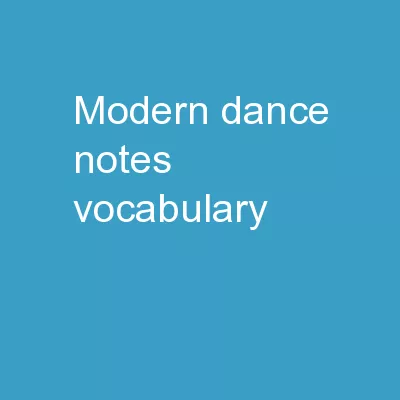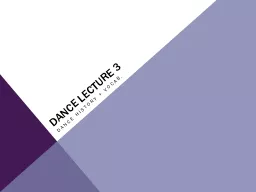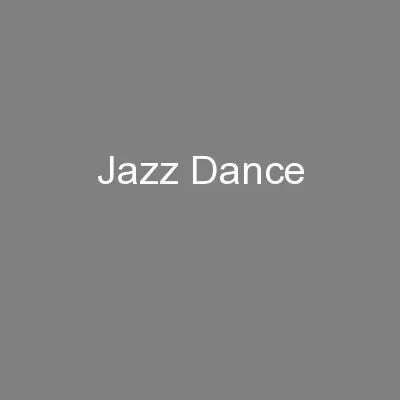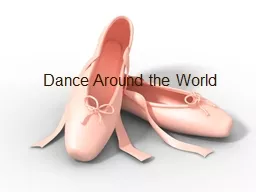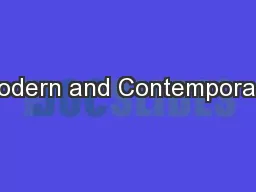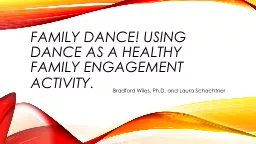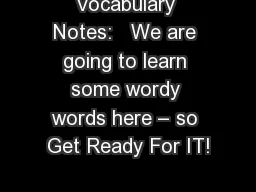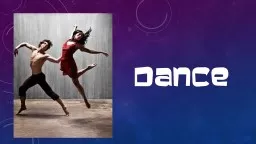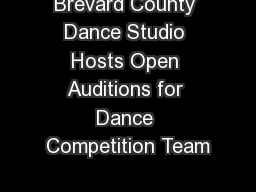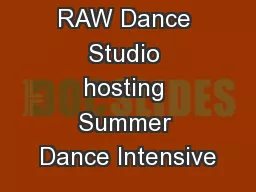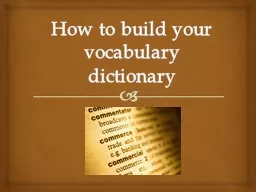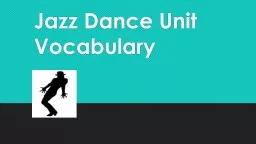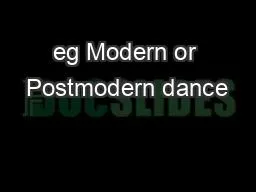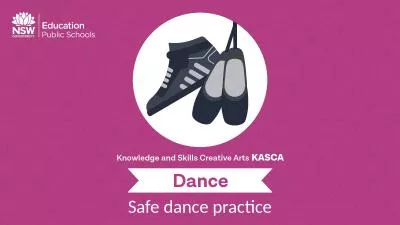PPT-Modern Dance Notes Vocabulary
Author : aaron | Published Date : 2018-11-20
T riplet step that goes down up up S wing pendulum like movement suspend fall suspend P rance exchanging of weight from one foot to another imitates animal
Presentation Embed Code
Download Presentation
Download Presentation The PPT/PDF document "Modern Dance Notes Vocabulary" is the property of its rightful owner. Permission is granted to download and print the materials on this website for personal, non-commercial use only, and to display it on your personal computer provided you do not modify the materials and that you retain all copyright notices contained in the materials. By downloading content from our website, you accept the terms of this agreement.
Modern Dance Notes Vocabulary: Transcript
Download Rules Of Document
"Modern Dance Notes Vocabulary"The content belongs to its owner. You may download and print it for personal use, without modification, and keep all copyright notices. By downloading, you agree to these terms.
Related Documents

